By Kelly Rose Almeida, Guest Blogger
From Leonardo Da Vinci to your own paintings, this instrument is used to search for hidden treasures within art across the globe.
 Every art history class that learns about the beauty of the Renaissance has heard of “The Lost Leonard.” The story begins like so. In 1504 Leonardo da Vinci was given the commission by Piero Soderinito to honor the Hall of Five Hundred of the Palazzo Vecchio in Florence, Italy. His adversary, Michelangelo di Lodovico Buonarroti Simoni, who had just finished his masterpiece David, was designated the opposite wall. Michelangelo chose to depict The Battle of Cascin and had finished a preparatory cartoon but other complications kept him from attempting his fresco. Leonardo chose to portray The Battle of Anghiari. Leonardo not only finished the planning drawings but also began painting his mural. Sadly, he never completed this vision. Decades later, the chamber was reconstructed, and it was believed that this unfinished mural was lost to the ages.
Every art history class that learns about the beauty of the Renaissance has heard of “The Lost Leonard.” The story begins like so. In 1504 Leonardo da Vinci was given the commission by Piero Soderinito to honor the Hall of Five Hundred of the Palazzo Vecchio in Florence, Italy. His adversary, Michelangelo di Lodovico Buonarroti Simoni, who had just finished his masterpiece David, was designated the opposite wall. Michelangelo chose to depict The Battle of Cascin and had finished a preparatory cartoon but other complications kept him from attempting his fresco. Leonardo chose to portray The Battle of Anghiari. Leonardo not only finished the planning drawings but also began painting his mural. Sadly, he never completed this vision. Decades later, the chamber was reconstructed, and it was believed that this unfinished mural was lost to the ages.
There are many tragedies in art history; stories of art lost in wars, burned in protest, or destroyed by dictators. It is rare that these stories have a happy ending. But this anecdote may not be over. In recent years, Maurizio Seracini, an Italian expert in high-technology art analysis, believes that behind one of the murals painted by the architect and artist Giorgio Vasari, lies Leonardo’s Anghiari fresco. This conclusion was formed because in the upper part of Vasari’s fresco, a Florentine The Battle of Angiari.
Right: The “Battle of Marciano in Val di Chiana” (1563) by Vasari. Left: A copy by Peter Paul Rueben of Leonardo Da Vinci’s “ The Battle of Anghiari”, which may be hidden beneath Vasari’s mural that now adorns the Hall of Five Hundred in Italy.
It is almost impossible to see whether or not Leonardo’s famous mural exists beneath Vasari’s fresco, almost being the operative word. Equipped with an infrared reflectometer, Maurizio Seracini and his team can use infrared light to penetrate the thinner layers of paint to reveal whether or not he has discovered the “Lost Leonardo” without damaging the existing fresco, which could help change the course of Western art.
Although this tale takes place thousands of miles away, this technology is available to us here in California. Fine Art Conservation Laboratories in Santa Barbara has an IR reflectometer that can help find similar treasures hidden beneath paintings that are brought into the lab. FACL may be the only private lab that has this instrument on the western seaboard. Using an IR reflectometer, head conservator Scott Haskins is able to find hidden or fraudulent signatures, drawings/sketches beneath layers of paint created by the artist, obscured restorations, and inscriptions underneath linings. These details are essential for art collectors that could alter the history, authenticity, and value of your paintings.
A short 2 minute video that was just posted on Youtube was also picked up by CNBC who is planning to feature Mr. Haskins in a episode of treasure hunter collectors who are searching for hidden details and clues in their artwork. See the video by clicking on this link: http://www.youtube.com/watch?v=rWNshrFvl98 (Be sure to give it a THUMBS UP and leave a comment!) It features a painting sold by Christies Auction House in 1899 as attributed to Sir Joshua Reynolds. Here’s the photo below.
An IR reflectometer is a remarkable tool that has many capabilities. Its use is worldwide, and its impact is astonishing. With this technology, art conservators, art historians, and art collectors are able to uncover the mysteries and histories of their beloved works of art.
If you have questions about an art item of yours, feel free to call and discuss it with Scott M. Haskins 805 564 3438 or faclartdoc@gmail.com
For more information about art appraisals contact Richard Holgate at 805 895 5121
Follow Mr. Haskins on Facebook at “Tips for Art Collectors” “Fine Art Conservation” and “Scott M. Haskins”
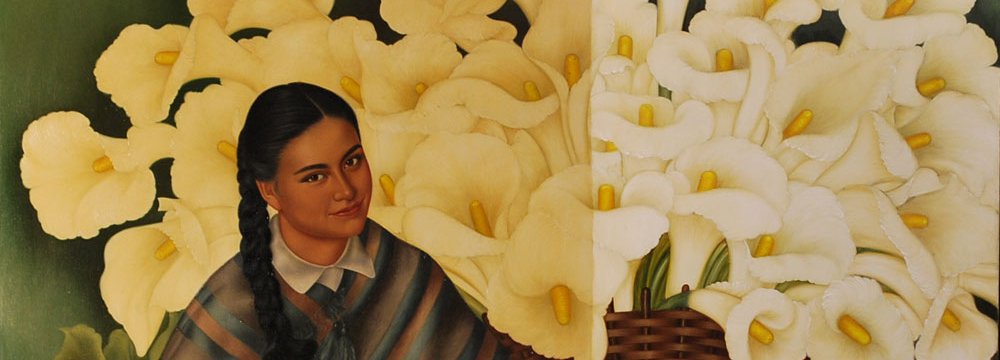
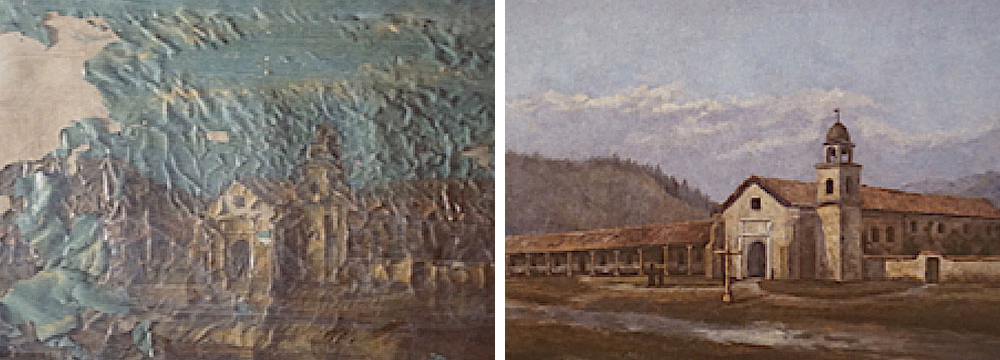
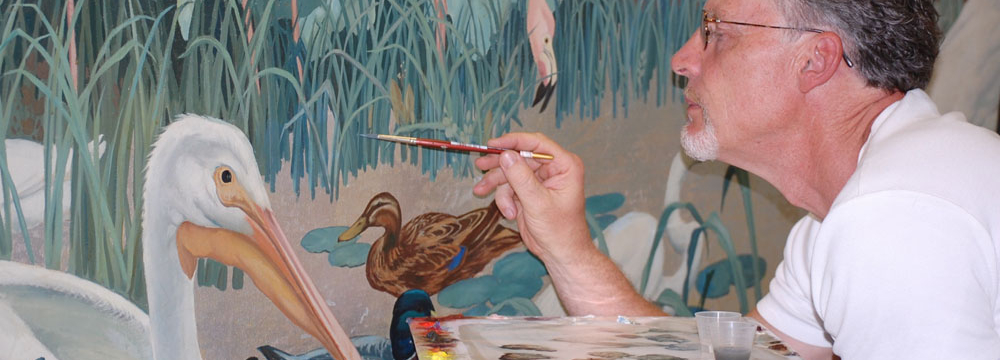
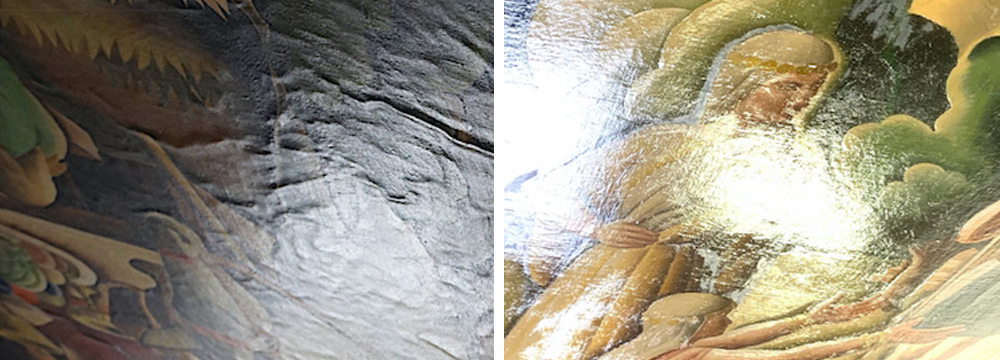
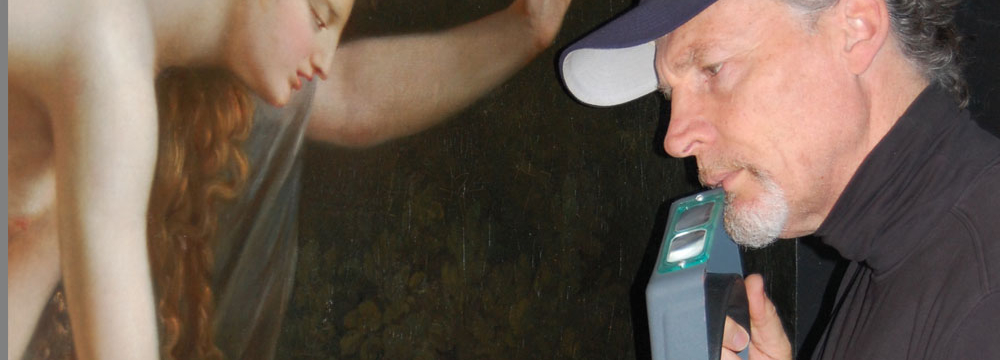
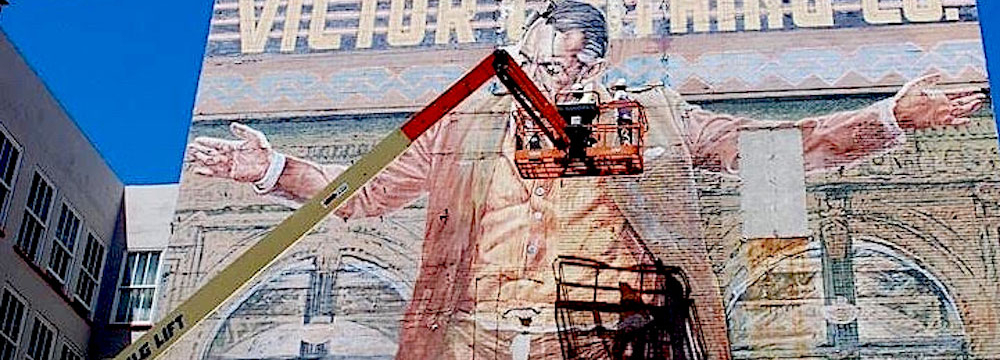
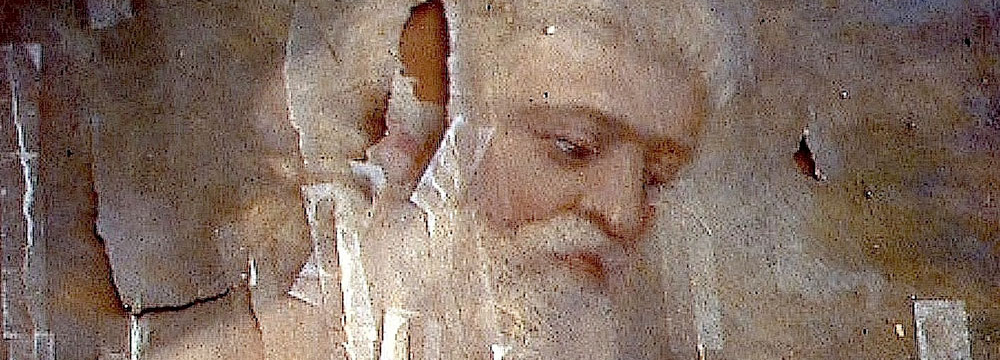
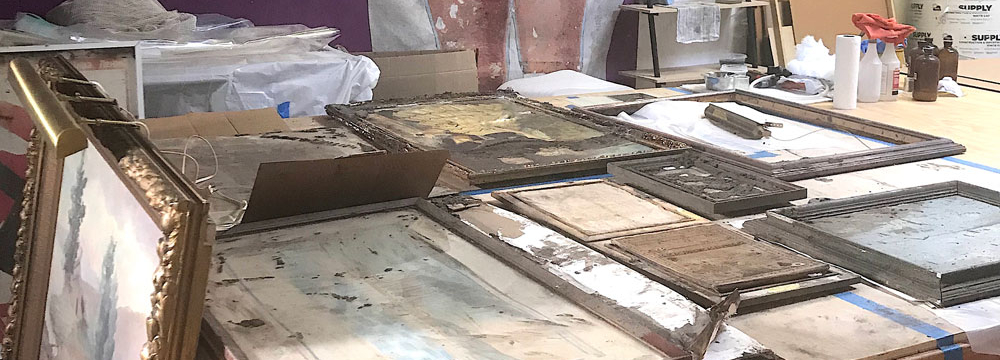

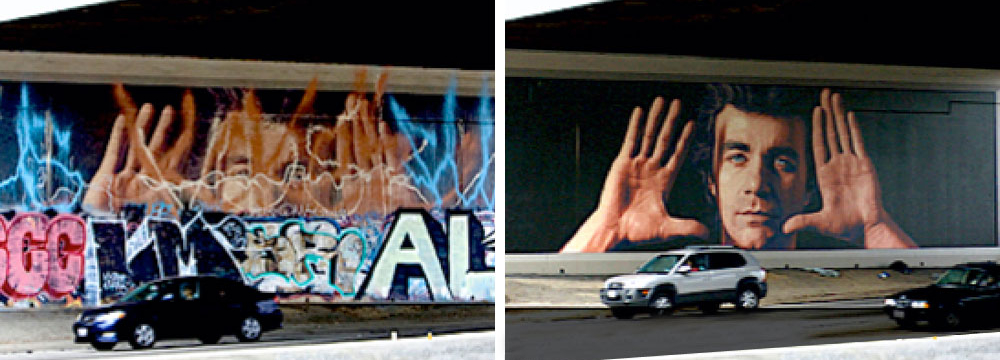
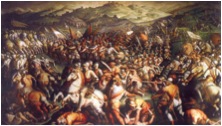
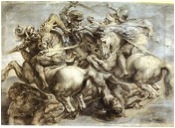
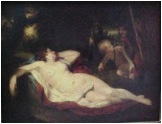
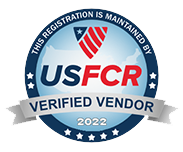
Pingback: Amateur Art Restoration Ruins Artwork… Again!!! | Fine Art Conservation Laboratories (FACL, Inc.)
Pingback: Can Botched, Over-Restored Art (repainted) Be Saved? | Fine Art Conservation Laboratories (FACL, Inc.)
Thank you for putting together such informative and interesting material.
Scott is extremely been so helpful and always took the time to answer my questions whenever I have contacted him about art questions. I needed his help when it came to art related topics that had to do with my university studies. This video definitely indicates how helpful and giving of his time he is.
Great video and it was fascinating to discover the original signature on the Old master however would love to know what happened to the value of the painting afterwards? Explain that one.
Awesome Scott ad I heard that you have a new book coming as well. I can’t wait to read it.
Scott’s work is wonderful and I am happy to say every now and then I work with Scott, as I am an IR expert myself. He is a true expert in art examinations. You can check out my videos, Dr. MegaVolt.
I happen to be an art dealer in LA and the surrounding area and I know the director for a TV program that will absolutely go crazy over this video since they are currently doing a segment on finding cryptic details in art and this make it even more fascinating.
Do you ever read the Daniel Silva novels about the art restorer that does undercover work because you are like that main character he had written about. I love it.
Very fascinating! I heard that X rays can be used to analyze art and wondering if you have ever used that?
I remember hearing about this in class while at school however the teacher was not able to show us how it worked. I really appreciate you taking the time to create this video.
I wanted to have the reverse of a French Post Impressionist harbor scene by Signac looked at with infrared by Scott. It was shown that the the title, the address of the artist as well as his signature had showed up quite well even though you could not see it otherwise.
On the opposite side of the canvas with white paint, there Orrin White that was painted out. We were able to see underneath the white paint what looked like a nice Sierra mountain and lake scene with the infrared. I am also very happy to say that FACL had no problem cleaning off the white and then showed a the best quality painting that was at one time not to be seen!.
I definitely can agree that Scott is an expert with IR as he also examined a Peter Paul Reubens for me. It indicated that under drawings as well as other details that confirmed that it was authentic.
Everytime I take in an Old Master painting from my collection that needs some fixing up, there is never a time we don’t have it examined carefully with IR because we what to know everything that is needed before we get into the conservation work since this is a delicate thing.
Scott, I have read your material and always thought you were impressive. Another great piece is right here!
Scott, this is intriguing. I enjoy reading your material.
The artist’s monogram and date with his infrared unit on the barrel of one of my Old Master Dutch paintings was discovered by Scott, not by the artist that I had bought at auction. However, according to Christies, it turned out to be a more valuable artist.
This is the first time I have learned about this. Interesting.
The opposite thing happened with my painting as the infrared made me realize that the Edgar Payne signature not real… it had to figure that I ended up paying for the exam anyway!
There is absolutely no guarantee that you will see something you are trying to find as Scott would tell you. I ended up paying for no results other than getting the answer to my question which I am glad that I have.
Wow this is fascinating info Scott, very impressed.
Several years back I purchased a painting. This painting was of a cabin in a grove of eucalyptus and I wanted Scott to examine it with infrared. It was very easy to see portrait of a rabbi under this wonderful California Barbizon landscape! Wow! I definitely kept to myself about the fact that the portrait of the rabbi was not worth anything and the landscape was a huge investment.
That is great. I absolutely love it when technology stumps an art professor’s beliefs! A pompous one that is.
This was fascinating, Scott. I was pleased to learn more about how you use your talent to benefit others. You make a difference in the world.
Ray